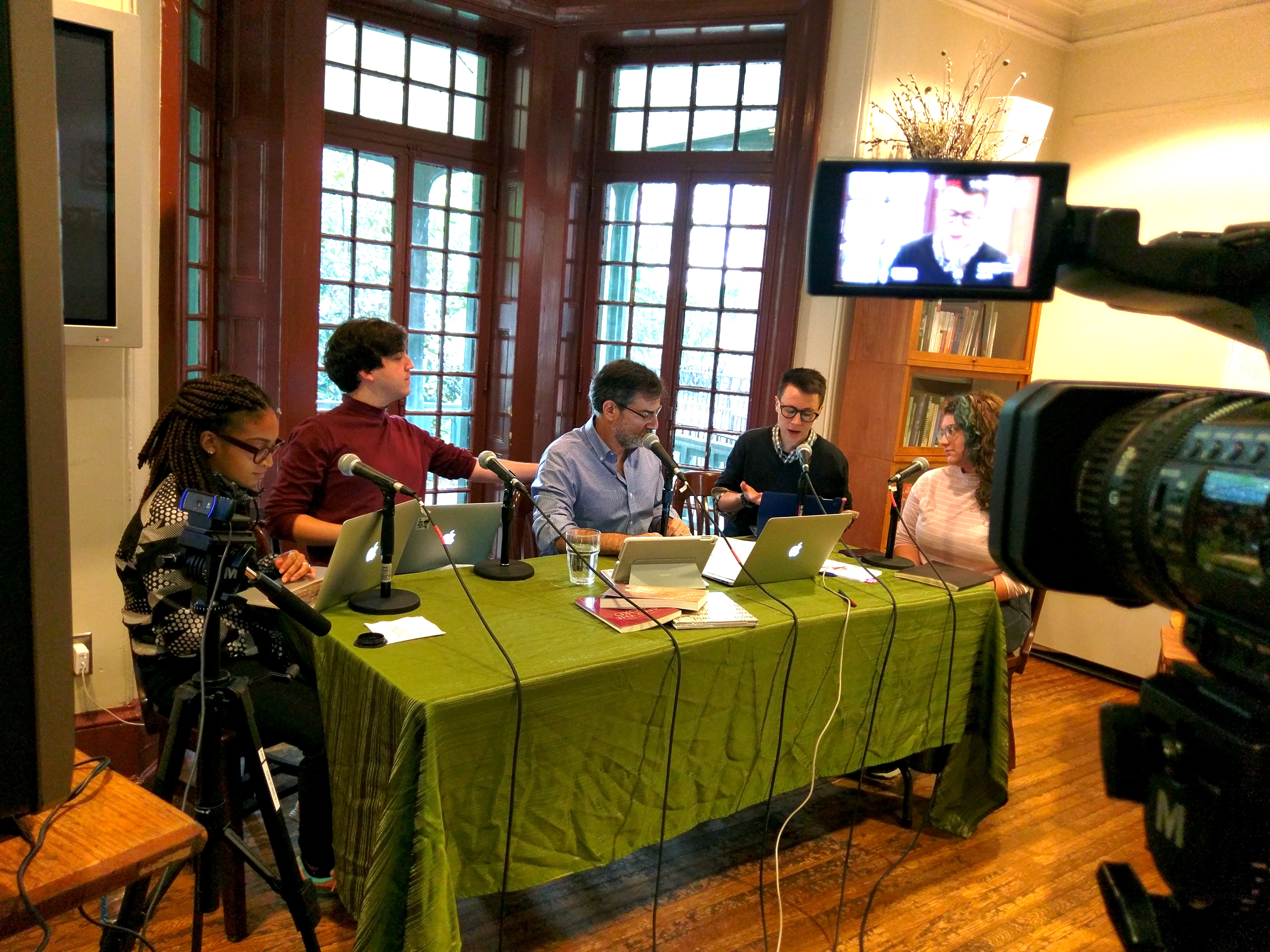
Online video has completely changed how people learn. With just a few clicks, it’s now possible to access and learn from an incredible variety of experts, innovators and thought-leaders from across the globe.
As a result, it's no surprise that online video has been embraced by educational institutions as an incredibly valuable tool. Thanks to online video, the physical classroom is no longer a limitation in education; the classroom doors have been completely blown off. Over the past several years, flipped classrooms and distance learning have become incredibly common. Entire courses and degree programs are now available online. Millions of students across the world are signing up for free massive open online courses (MOOCs) offered by colleges and universities.
From a technical standpoint, the early days of online courses were crowded with low quality audio and video, such as static video recordings filmed from the back of a classroom and D.I.Y. webcam recordings made by professors. Today, low-quality content doesn’t cut it. With so many higher education institutions now offering online courses, one of the most important selling points for potential students is the technical quality of the learning experience. Students expect a professionally produced, high-quality video that looks and sounds just as good as other high-quality video that they watch elsewhere online.
Further, they expect the course content to be adapted and designed so that it fits the online video format. In many early online courses, long slideshows with voiceovers and lackluster graphics were normal. Instead of adapting the teaching to the technology, I.T. and video professionals attempted to use technology to accommodate traditional teaching styles. Going forward, if not already, courses are being redesigned with online delivery and consumption in mind. Shorter form videos, intelligently integrated graphics and high quality animations are quickly becoming what students expect in their online learning experience.
With online learning, students, despite being behind a computer screen, don’t want to feel alone. Online video has the power to make students and the learning process feel more isolating than ever. It is up to video professionals to find technologies to break down the wall between the screen and the student. Live video has become a powerful tool to accomplish this.
It’s not so much about the specific platform or gear that is used; the tools themselves are fluid. It’s about the age-old art of connecting and interacting with fellow human beings. Ironically, new technology is necessary to be old fashioned.
Live video gives students a forum to share ideas, ask questions and engage in discussion directly with the teacher and among one another. In a course with few students, a web conference with webcams and chat might be used. In a massive course, hosting a live webcast with as many interactive outlets as possible may be the answer. This might include the teacher taking phone calls, replying to tweets on-air or having a few students remotely join the webcast via webcam.
Live video offers several benefits. In addition to increasing student engagement and retention, encouraging interactivity unlocks the true, innovative aspect of online courses; the opportunity to build and nurture a diverse, geographically disperse community of learners, who are approaching the materials from different angles, motivations and perspectives. The knowledge and wisdom of the group exceeds that of any individual and results in an improved learning experience for everyone.
Looking ahead, there’s a bright future for augmented and virtual reality in academia. Real life use cases include imposing instructions and guidance onto patients that medical students are performing medial procedures upon, crafting realistic 3D models, and the ability to identify trees and flowers simply by looking at them. Some early-adopter institutions have already started implementing computer-aided instruction such as these and more. It is unclear how quickly other institutions will follow, but there is a tremendous amount of potential in this area. Going forward, it may take the initiative of video professionals to demonstrate the capabilities and benefits of augmented and virtual reality to educational institutions.
In the realm of online learning, it can be argued that the success of an online course depends on the technical production as much as the instructor’s content. Teachers have been trained in their area of expertise and the traditional teaching methods used to teach it. However, it is up to the technical crew to determine and implement the tools and best practices for the overall presentation of the content. Online video is now educating the world. That responsibility is as much about the video and effective use of technology as it is the content.